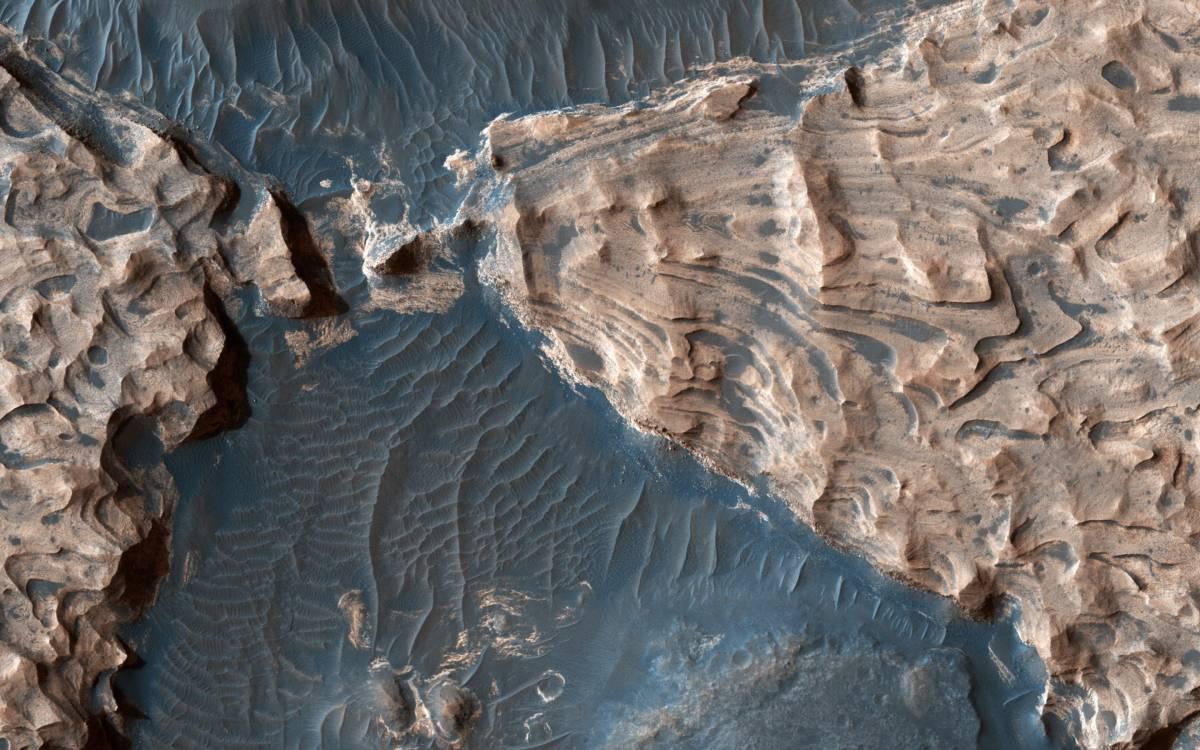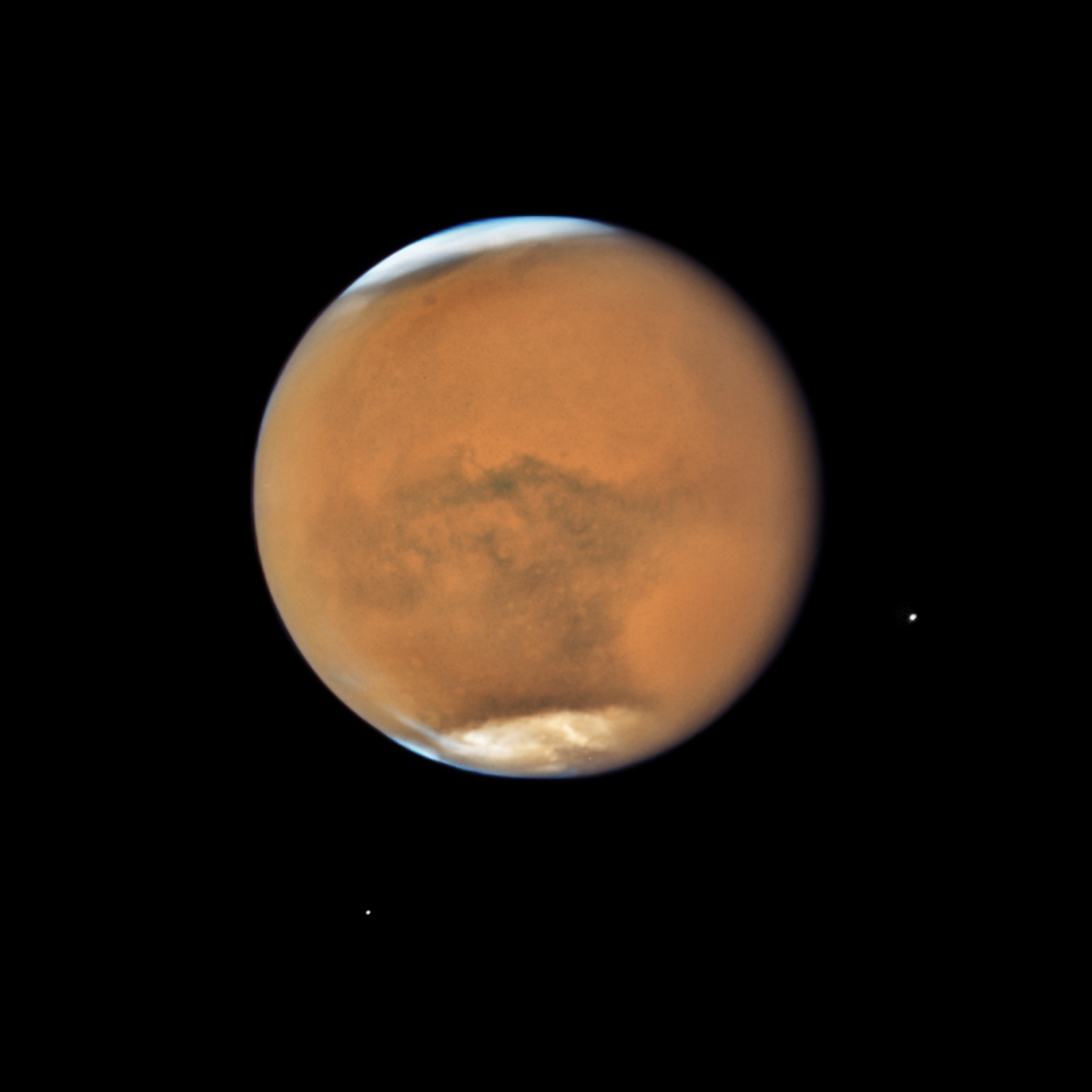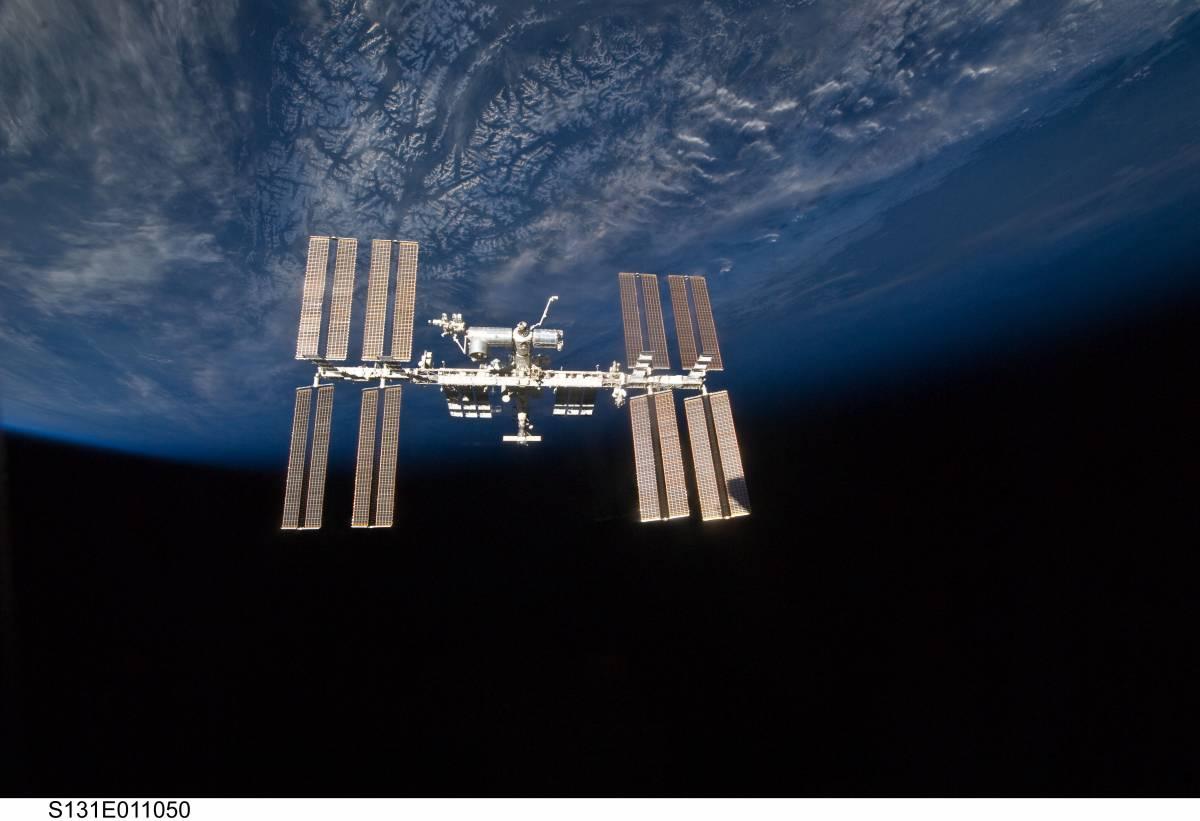NASA looks to send astronauts deeper into space after 20 years of continuous human presence on the International Space Station

It’s a busy time at NASA. The next chapter of human space exploration is underway. It’s been more than 50 years since Neil Armstrong took those first steps on the moon and 48 years since Gene Cernan – the last man on the moon – climbed back into the lunar module to return to Earth.
Now, NASA has decided to return to the moon with its Artemis program by 2024, but this time they plan to stay. It’s all part of an effort to explore deeper into space – more specifically, land humans on Mars. But to go further than the moon, NASA must learn how to sustain missions of much greater distance and duration. Astronauts must also overcome radiation, isolation, gravity and extreme environments to stay healthy. NASA believes developing a sustainable human presence on the moon is the best next step in helping astronauts prepare for making the voyage to Mars.

NASA also plans to leverage the knowledge gained from 20 years of continuous human presence in low Earth orbit aboard the International Space Station to develop a plan for an extended stay in lunar orbit. Coincidently, November 2020 marks the 20th anniversary of continuous human presence on the International Space Station, and Georgia Tech alumna Robyn Gatens (ChBE, 1985) was just recently named Acting Director for the station.
“We're doing a lot of work on the space station today dealing with life support systems,” said Gatens. “Learning about these systems is going to be critical, even more so as we break the supply chain from Earth and go on these long duration missions beyond low Earth orbit.”
According to Gatens, NASA is working to make life support systems more sustainable and is seeking to better understand the environment for deep space travel. NASA is gaining a lot of knowledge from the International Space Station by using it as a testbed to prepare astronauts for these future exploration missions, such as studying the long-term effects of weightlessness on the human body. When astronauts journey to Mars, it will be a three-year round trip, so NASA needs to understand and mitigate effects on the body such as bone loss, and other issues. As a result, NASA is looking at ways that it can use the International Space Station to practice for sending astronauts to Mars.

"Learning about these systems is going to be critical, even more so as we break the supply chain from Earth and go on these long duration missions beyond low Earth orbit." -- Robyn Gatens
Like Gatens, astronaut Doug Wheelock (AE, 1992) is focused on studying the effects of space on the human body and the mind and is currently training astronauts for the Artemis program. Wheelock’s credentials are impressive – he has logged 178 days on the Space Shuttle and International Space Station during his career and served as commander of the station during one of his missions.
According to Wheelock, NASA is trying to replicate both psychologically and physiologically an astronaut’s absence from Earth in order to see if they can overcome the many physical hurdles from muscle atrophy and bone density loss to the effects of radiation on the human body and disrupted circadian rhythms. For example, astronauts experience a sunrise and a sunset every 45 minutes on the International Space Station, because it’s orbiting the Earth every 90 minutes. This is a good training platform for long duration space travel, because it’s not possible for an astronaut to look out the window of the space station and understand what time it is. It's helping NASA solve issues as well with sleep patterns and the immune system.
“We also try to extrapolate all that data across the anthropometric range of our space explorers and a cross section of the human race as well,” said Wheelock. “As we get more data, we're refining our engineering, exercise countermeasures, and psychological support. We're not going to the moon this time to plant a flag and to come back home with some dirt. Our mission on the space station is discovering what we can do with our technology, engineering, and the human body to prepare for Mars.”

Wheelock further explained that the International Space Station is only a few hours away from the safety of Earth. NASA is now going to expand and take its current studies and testing of systems to lunar orbit. At this location, the astronauts are going to be a few days away from the safety of Earth, which will allow NASA to prove out those systems in a higher radiation field and a more foreign environment for the astronauts, with more psychological weightiness and isolation.
“The space station is sort of like the equivalent of the old explorers that sailed across the oceans when people thought that the Earth was flat, and there was an edge, and there were dragons out there - the great unknown,” said Wheelock. “And so our early explorers just set sail, and the space station is kind of like being in one of those early exploring ships, where they go out just far enough, where they can just barely see land, and they kind of play out there and they do some research. You get the storms that come, there's high seas, and there's the waters over your head. And there's sharks and there are dangers, but you're still sort of within view of land.”
Wheelock says going to the moon is similar, but there will be points when the astronauts can’t see Earth depending on where they are on the lunar surface. And then, of course, going to Mars is when astronauts metaphorically set sail, going out beyond the known horizon.

The International Space Station has other key focus areas in addition to enabling exploration. According to Gatens, it establishes the U.S. as a leader in space exploration and is the basis for NASA’s international partnerships. NASA is taking that partnership beyond low Earth orbit to the moon and future missions to Mars. Another focus area is research benefits to humanity. NASA allows other government agencies use of the station as well as academic institutions.
“We operate 50 percent of the space station as a national lab,” said Gatens. “That's something I think a lot of people don't know. Just like national labs on the Earth, it’s available for researchers to use.”
The final key area is to enable a commercial economy in low Earth orbit and on the space station. Gatens is focused on utilizing all of these areas at the same time so the space station lives up to its full potential.
"The space station is sort of like the equivalent of the old explorers that sailed across the oceans when people thought that the Earth was flat, and there was an edge, and there were dragons out there - the great unknown." -- Doug Wheelock

It’s certain, however, that the International Space Station won’t last forever. According to Gatens, NASA has analyzed the structural health of the station and all the components to be operational until around 2030 but is working on extending that analysis to see how far beyond 2030 the facility can go. There are some big pieces of original equipment that would be hard to replace, and NASA does not have similar transporting capability anymore. NASA can retrofit a lot of smaller pieces, and it’s doing that all the time and making upgrades. For example, NASA just replaced all the nickel hydride batteries on the space station with lithium ion batteries.
“Eventually we do want to move off the space station, and that's why we're trying to enable companies to build commercial platforms in low Earth orbit that won't be as big or complex as the space station,” said Gatens. “But if we can get some commercial platforms in low Earth orbit that we can then transition off of space station, then that's our plan.”

In her new role, Gatens works with administration, Congress, and international and commercial partners to develop overall strategy for the International Space Station. “There is a lot going on,” said Gatens. “And we are doing so much with the Artemis program and our commercial initiatives. And the space station is just one part of human exploration. Every day is different and challenging and that's all exciting.”
After 20 years of service and another decade to come, the space station may be just one part of human space exploration, but it has undoubtedly helped NASA reach this new chapter. The knowledge that NASA has gained over the years about the effects on the human body during extended periods in space is playing a critical role in the organization’s strategy to send humans deeper into space and is paving the way for new worlds to be explored.